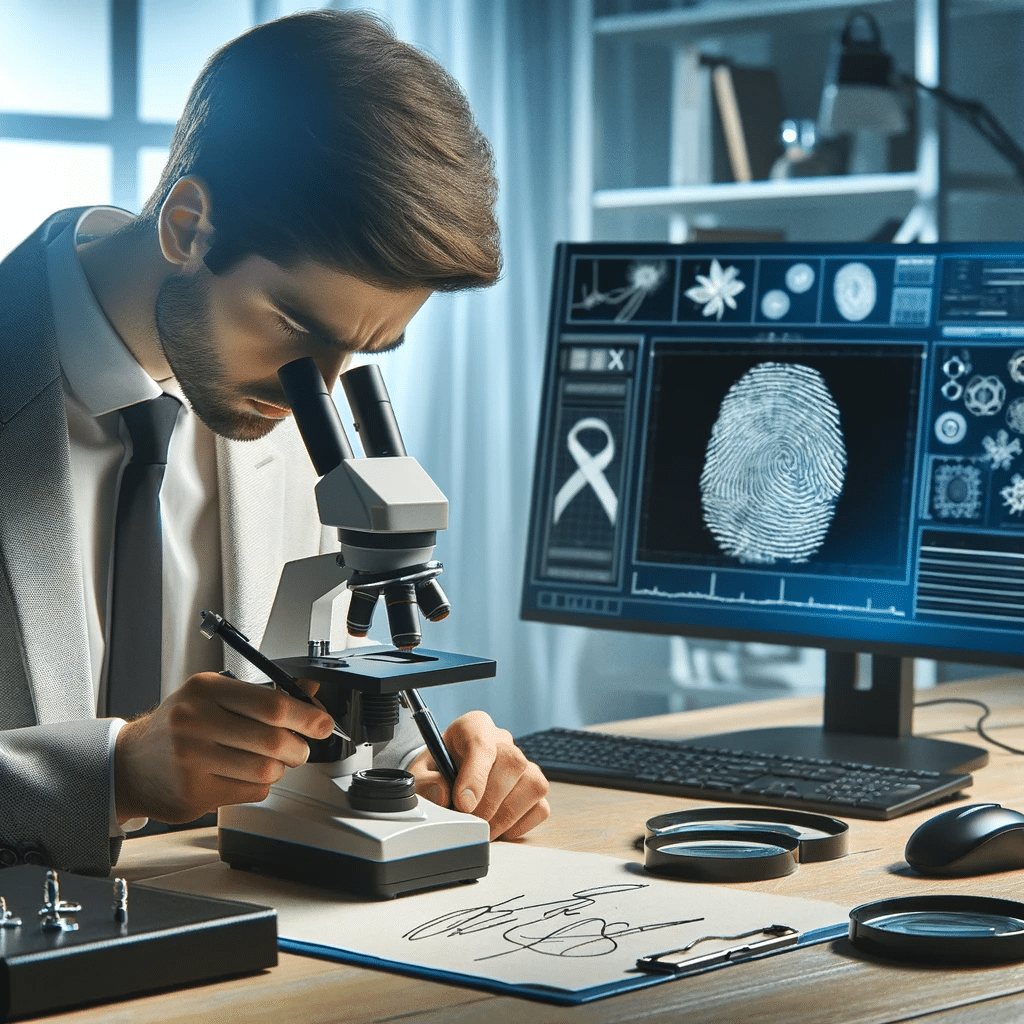The Intricacies of Autograph Verification: An Expert’s Approach
The process of autograph verification is a meticulous one that combines forensic science with historical research. Experts in this field examine the signature’s every detail, comparing it against verified examples from extensive databases. This comparison focuses on unique characteristics such as stroke order, pressure patterns, and signature flow. These elements can be remarkably distinct, akin to fingerprints, providing clear indicators of authenticity.
Tools of the Trade: Technology Enhances Accuracy for Autograph Verification
Modern technology plays a pivotal role in enhancing the accuracy of autograph verification. High-resolution scanners and specialized software analyze the fine details of a signature that might be invisible to the naked eye. This technology can detect even the slightest discrepancies in ink flow or pressure, which are often telltale signs of forgeries. Additionally, ultraviolet and infrared light can reveal hidden details about the paper or ink that may confirm an autograph’s age and origin.
The Role of Provenance in Authentication
Provenance, or the documented history of an autograph, is critical in the authentication process. This history includes previous owners and any transactions involving the item, which helps establish its legitimacy. Authenticators often require a well-documented provenance to support their findings, making it an essential element of the verification process. Without solid provenance, even a technically authentic signature may be treated with skepticism.
Facing Challenges: Dealing with Forgeries and Disputes for Autograph Verification
Despite advancements in technology and methodology, auto-graph verification is not without its challenges. The market for collectibles is rife with sophisticated forgeries that can sometimes fool even experienced experts. Legal disputes can arise when significant financial interests are at stake, making the verifier’s role both critical and challenging. It requires a careful balance of technical expertise, historical knowledge, and ethical responsibility.
Autograph verification is a fascinating field that requires a keen eye, access to advanced technology, and a deep understanding of history. Collectors rely on skilled authenticators to ensure the integrity of their collections, underscoring the importance of this meticulous process. As the market evolves, the methods and technologies employed in autograph verification continue to advance, ensuring that collectors can trust the authenticity of their cherished items.


